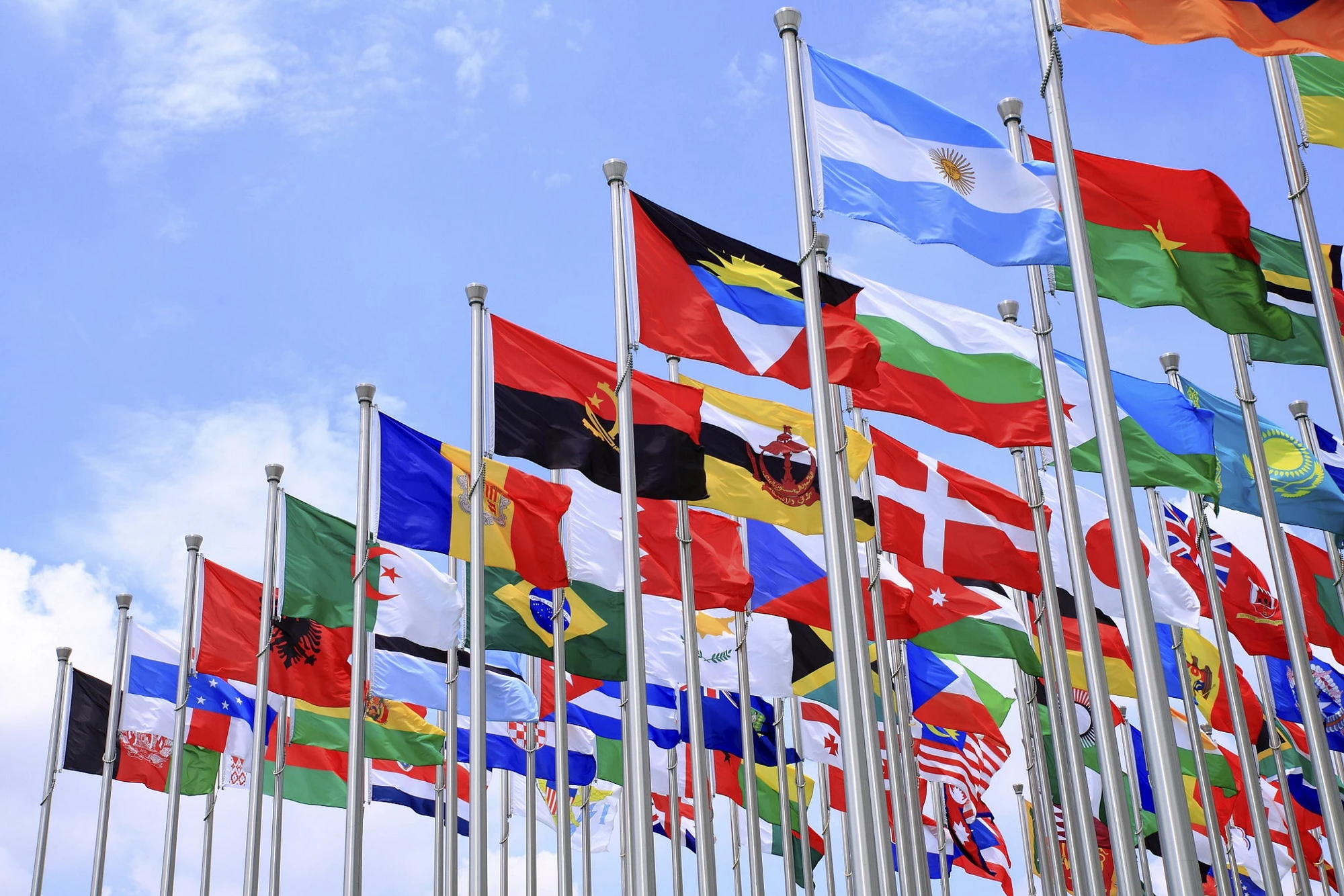
The framework supported by the Sustainable Mobility for All (SuM4All) initiative can help make sense of all of this. Under the leadership of SuM4All, global stakeholders have recently agreed on what sustainability means for transport and identified four global goals to achieve sustainable mobility: universal access, efficiency, safety, and green mobility.
Now that these goals have been laid out, the initiative set out to take stock of major international instruments that pertain to each goal. The objective of this effort is to extract relevant actions and recommendations to guide policymakers in their pursuit of sustainable mobility.
The stocktaking identified over 60 international instruments and classified them into two groups: those that are legally binding and those that provide nonbinding policy recommendations and guidelines.
The first group of instruments are legal agreements and conventions. They provide a practical and detailed framework for establishing legislation and standards at the country level. A mapping of these various binding instruments shows that the majority concerns efficiency and safety—from the 39 that were mapped to one or more of the four goals, 27 relate to efficiency and 15 to safety. For example, on safety, there are some that provide mandatory regulations for vehicles, and some establish traffic rules for regulating behavior on the roads or a uniform system for road signage and signaling. On efficiency, some agreements focus on the infrastructure, i.e., on the identification, design, development, construction, and signage of international transport networks for various modes of transport, while others focus on facilitation of transport operation across national borders including on the creation of transport facilities, such as terminals and border-crossing points. Recently, the green mobility goal received a major boost with the Paris Climate Agreement, which combines binding legal obligations (on transparency, reporting, accountability) as well as nonbinding commitments, such as the targets in the Nationally Determined Contributions (NDCs) to mitigate and adapt to climate change.
The second group of instruments is comprised of nonbinding resolutions, declarations, statements, and programmes of action, which provide policy recommendations for countries and cities to adopt. A few examples are the UN General Assembly resolutions leading to the 2011-2020 Decade of Action for Road Safety, which offers an action framework for policy, practice, and advocacy to improve road safety globally; the New Urban Agenda, an instrument that provides a vision, principles, and tested practices to achieve more sustainable cities; and the Vienna Programme of Action on Landlocked Developing Countries, which seeks to enhance the integration of developing landlocked countries into global trade, among other priorities. We identified about 50 of these instruments, most of which address aspects associated with efficiency (23) and green mobility (13).
While these agreements cover a lot of ground, there are many areas in which additional work is necessary.
First, not all the relevant areas within sustainable mobility are equally covered. For example, other than the New Urban Agenda and the Vientiane Declaration on Sustainable Rural Transport, “universal access” in urban and rural areas has not been addressed thoroughly.
Second, most international instruments concentrate on specific issues, such as transport and trade facilitation or road signals, or are mode specific. While this approach is favorable for addressing very specific aspects, working in an integrated way can also be beneficial. Specifically, there are many instances where the four goals of the global transport sector can reinforce each other: measures to promote low-carbon transport, for instance, can also enhance safety. But in the absence of a holistic approach, it is almost impossible to leverage those synergies to their full extent.
Third, ratification, implementation, and enforcement remain a challenge. The factors that may contribute to this include a lack of awareness or knowledge of available instruments by policymakers, sometimes limited geographic scope of the instrument, low government capacity, poor governance, or financial constraints by countries. For example, the TIR Convention, one of the most successful instruments for transport and trade facilitation, has been ratified by 74 parties and continues to seek the accession of new countries worldwide.
With this wide range of instruments, the international community has laid the foundation to advance sustainable mobility globally. They create useful frameworks, with legal instruments that provide detailed regulations and standards, and with other instruments that provide policy recommendations. As the SuM4All initiative embarks into an effort to develop a Global Roadmap of Action towards sustainable mobility, taking stock of these existing international agreements is a necessary condition. This effort will need to be complemented with other inputs derived from best practice and from the knowledge available in different regions of the world, and compiled into a single source to be truly useful to guide country decision-makers across the four goals to achieve sustainable mobility.



Join the Conversation